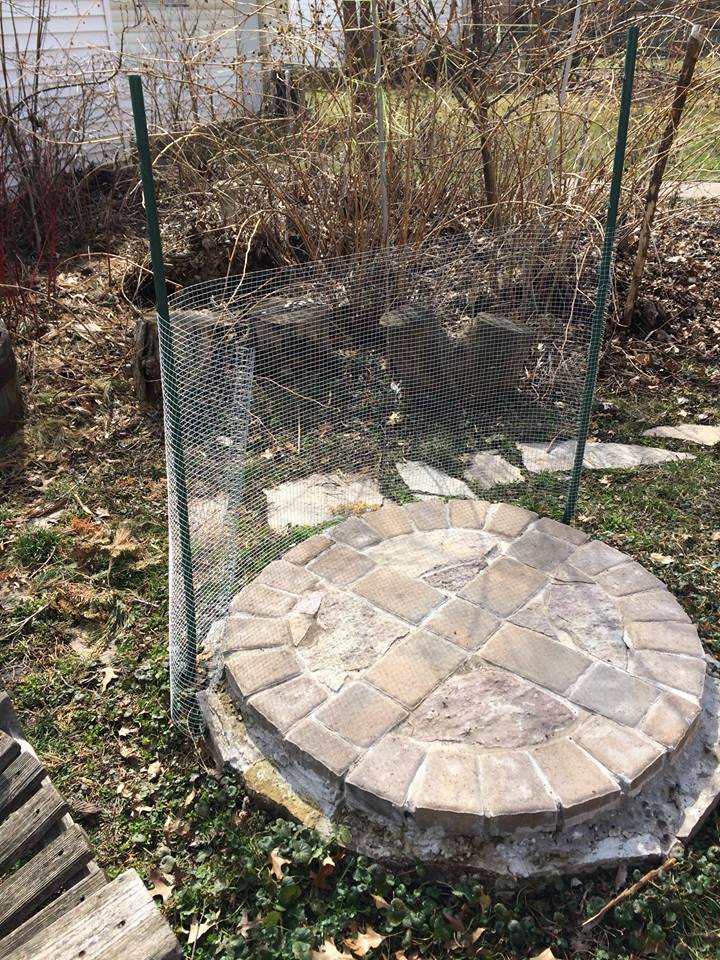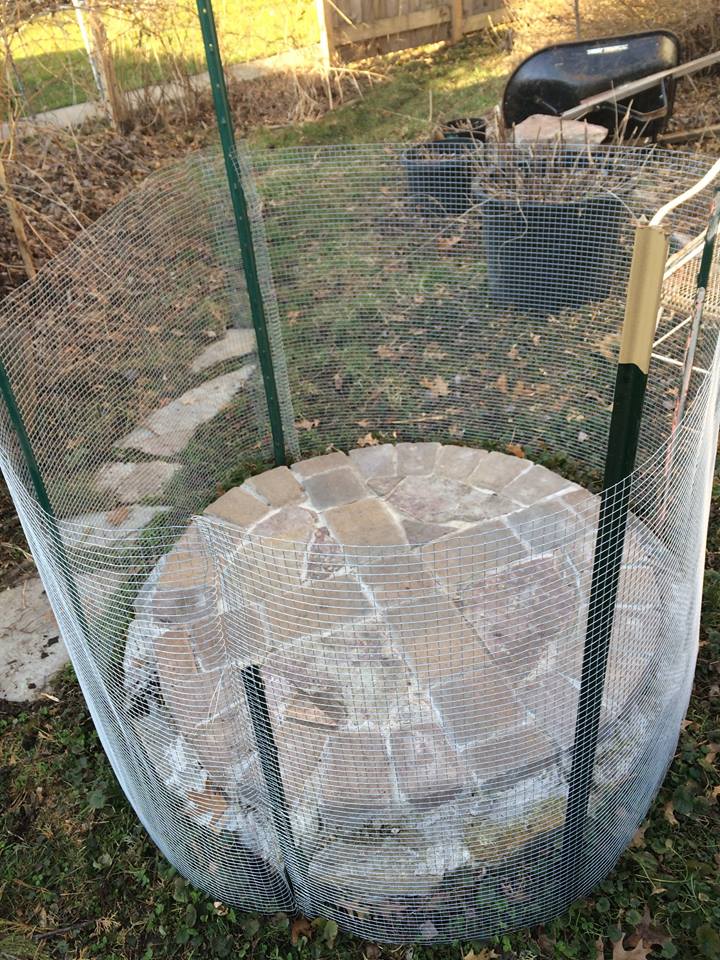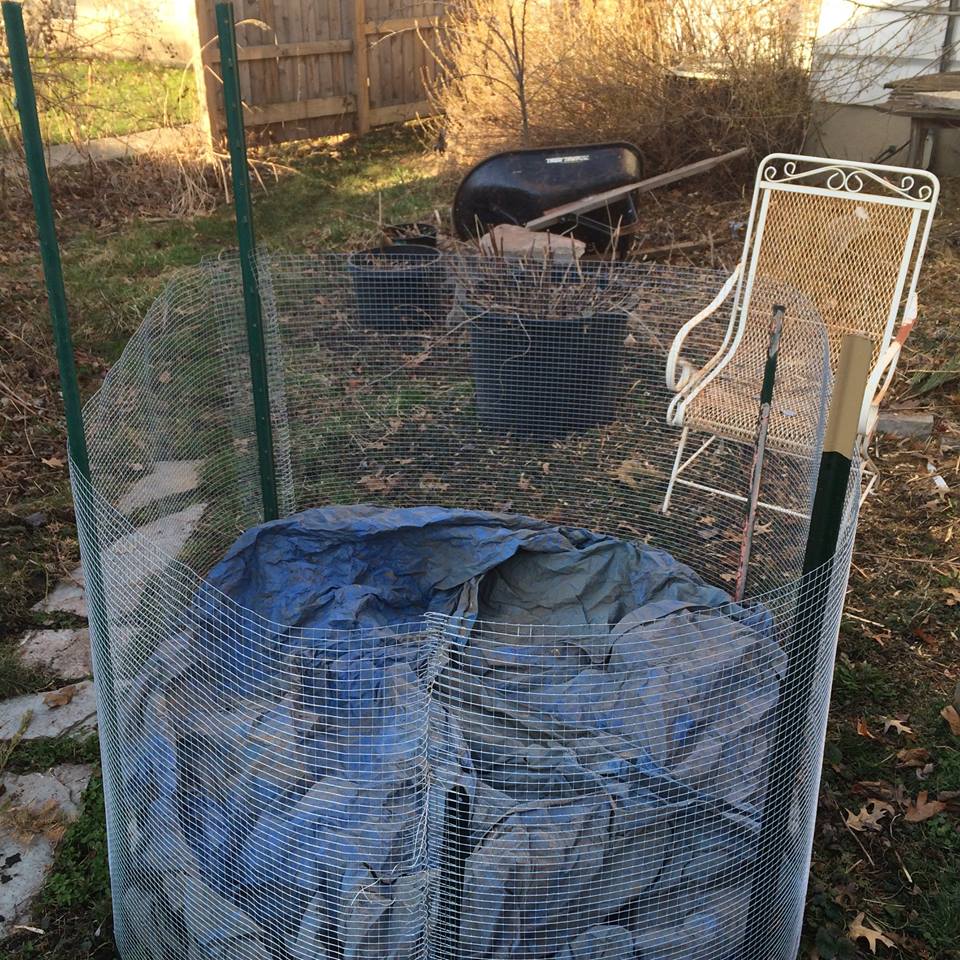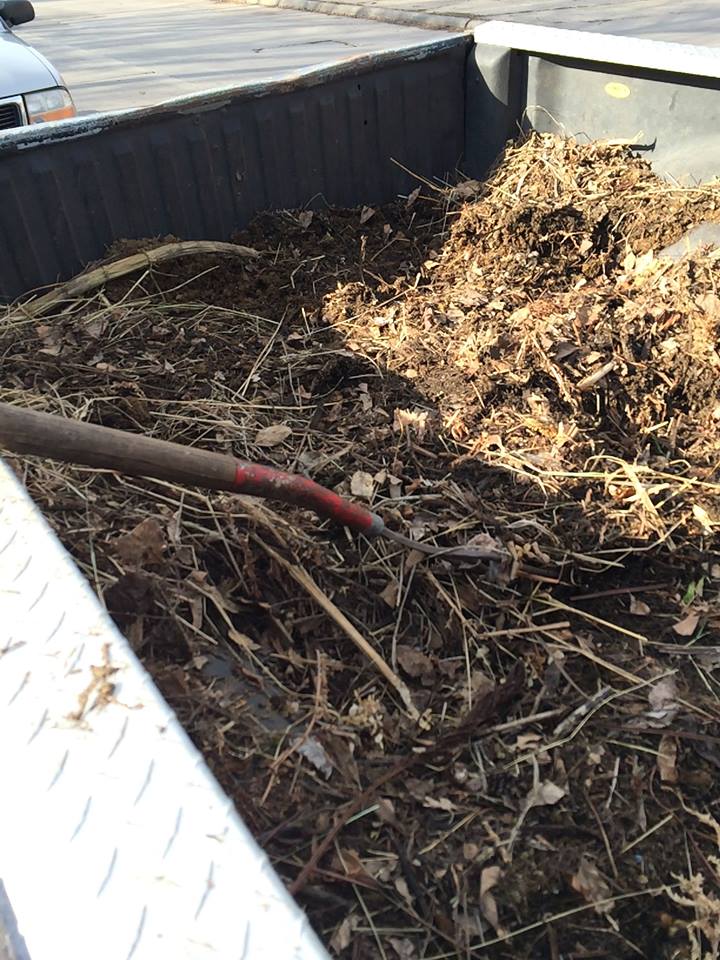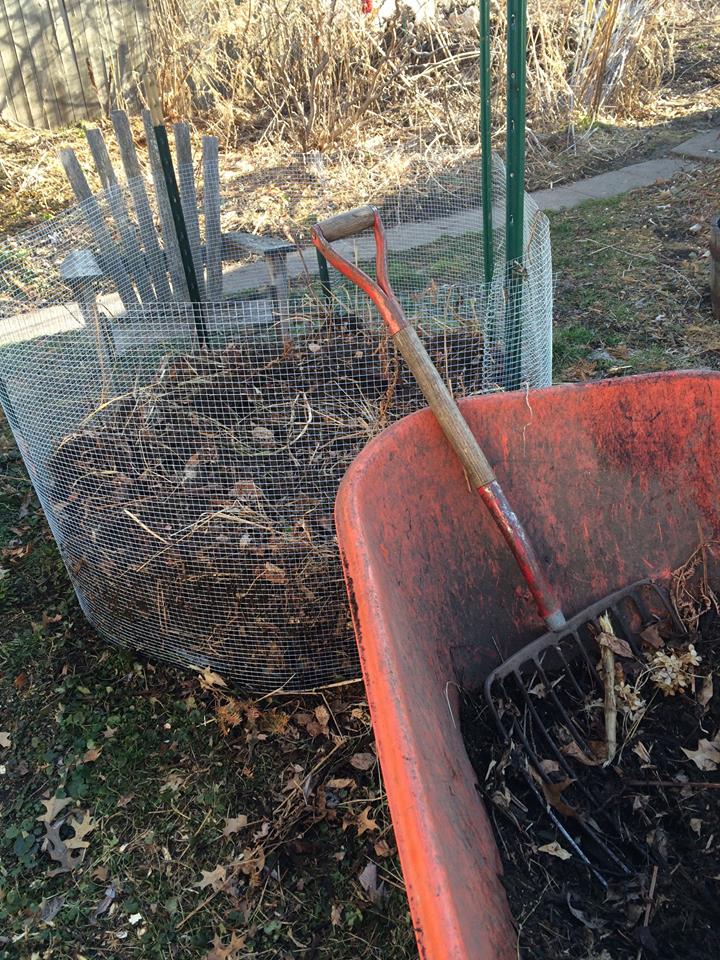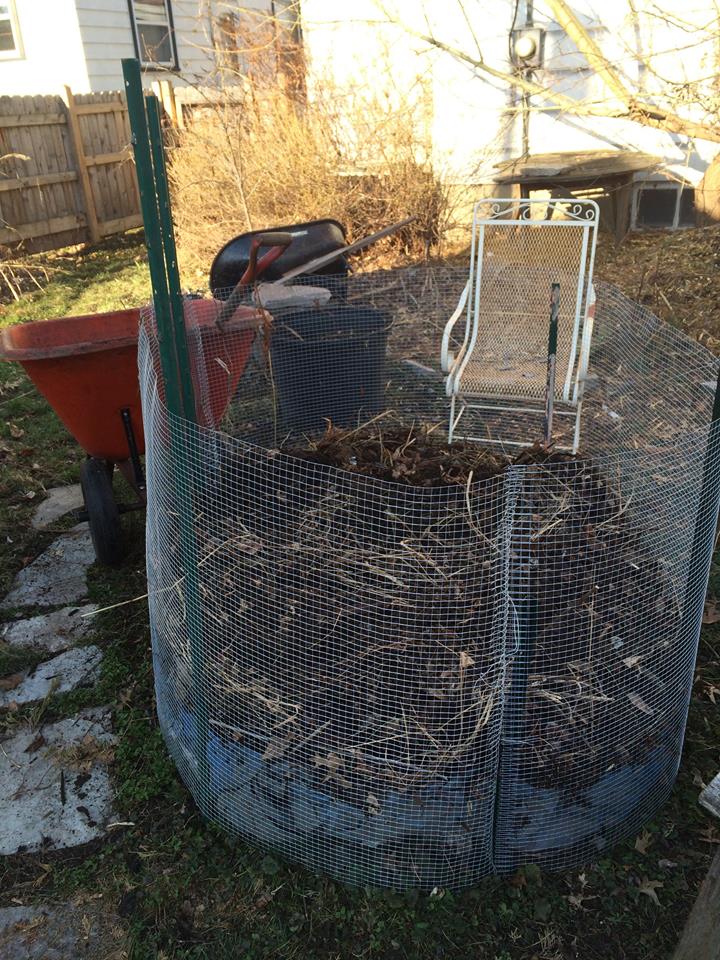Building a compost pile first thing this morning felt somehow ceremonial. After learning about compost making from Dr. Elaine Ingham this weekend with Jake Voit, Ross Abbey, Cherry Flowers, Karen Clark, Iman Mefleh, and many more amazing folks, I was inspired to dig in.
The Goal:
This pile follows the basic recipe that Dr. Ingham has developed to create a balanced, biologically diverse, and thriving compost pile. With this recipe we're trying to grow a balance of fungus and bacteria that will work symbiotically with root systems to unlock a huge amount of fertility from the soil.
The Recipe:
• 30% Leaves (diverse varieties)
• 30% Wood Chips (diverse varieties)
• 30% Green Plant Material (hay, not straw, cut grass, comfrey, diverse varieties)
• 10% Nitrogen Material (cow manure, food waste, coffee waste, barley)
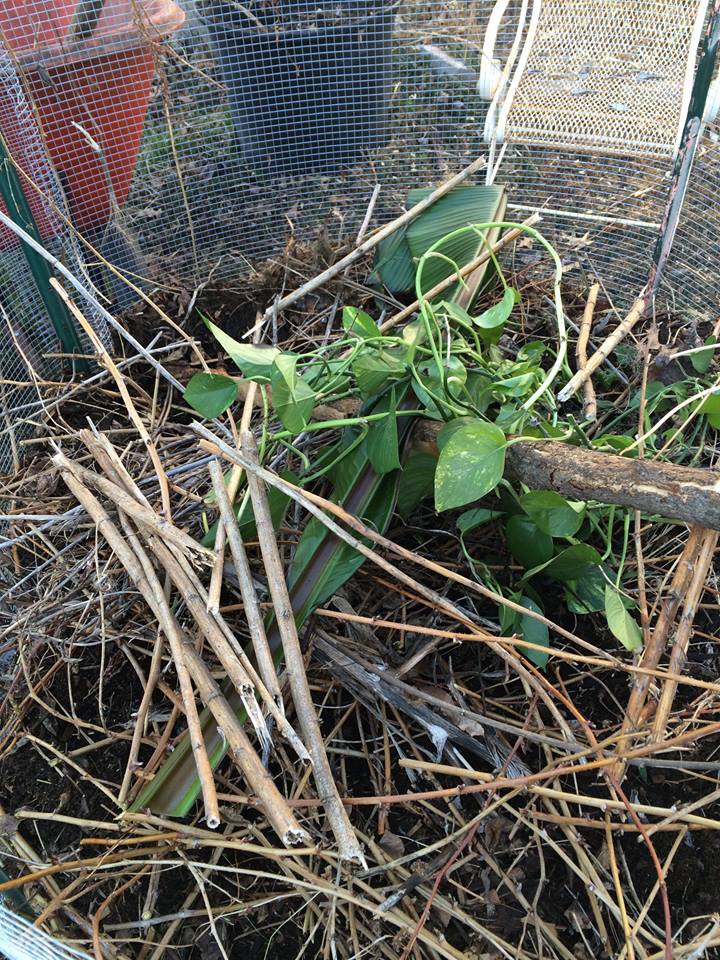

As recommended by Dr. Ingham, this pile is inoculated with some old rotted stump that was thoroughly infused with fungus as well as some nicely rotted leaves from my garden. The materials were all blended in the back of my truck before being blended again while filling the compost bin.
The Process
Now it's time to soak it down and start to monitor temperature. When the pile reaches 160 degrees I'll open up the chicken wire, spill it out onto a tarp, and mix the ingredients all up making sure to turn the insides of the pile to the outside, and the outside of the pile to the inside. I'll repeat the monitoring and turning until the compost reaches ambient temps, then I'll know it's done.
As the pile matures I'll use the fancy new microscope I'm ordering today to monitor the compost biology. I'll be looking for a high and balanced fungal and bacterial count as well as for beneficial nematodes. The plan is to use this pile to inoculate future piles and to keep growing the diversity of soil microbes as time progresses.
The Planet
Every time I spread compost or make a new compost pile I'm reminded that we owe our existence to a very thin layer of soil on a big lonely rock floating through space. A little ceremony that leads to a burst of soil biology feels like a good start toward recognizing this humbling position we all share as Earthlings.



